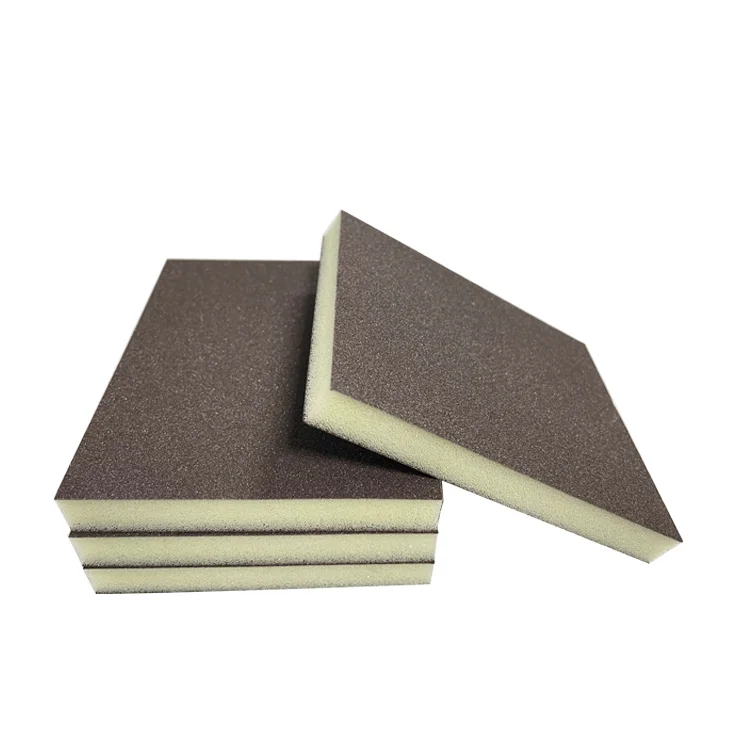When it comes to hiking, the right footwear can make all the difference between an enjoyable adventure and a painful ordeal. With a plethora of options available, selecting the correct hiking shoes or boots can be daunting. This guide aims to provide a detailed understanding of the factors to consider when choosing hiking footwear, ensuring that your next outdoor excursion is both comfortable and safe.
Understanding the Terrain
Before diving into the specifics of footwear, it’s crucial to assess the terrain you’ll be hiking on. Different trails present unique challenges, and your footwear should be tailored to meet these demands.
- Smooth Trails: If you’re planning to hike on well-maintained paths, lightweight hiking shoes or trail runners may suffice. These options provide adequate support and traction without the bulk of heavier boots.
- Rugged Terrain: For rocky, uneven trails, a sturdy pair of hiking boots with ankle support is essential. These boots are designed to protect your feet from sharp rocks and provide stability on challenging surfaces.
- Wet Conditions: If your hike involves crossing streams or navigating through muddy areas, waterproof footwear is a must. Look for boots with Gore-Tex or similar waterproof membranes to keep your feet dry.
Types of Hiking Footwear
Understanding the various types of hiking footwear available can help you make an informed decision:
- Hiking Shoes: These are low-cut shoes that offer flexibility and comfort for day hikes on well-maintained trails. They are lightweight and often feature breathable materials, making them ideal for warm weather.
- Hiking Boots: Mid- to high-cut boots provide additional ankle support and protection, making them suitable for more challenging hikes. They are typically more durable and offer better traction, which is essential for rocky or uneven terrain.
- Mountaineering Boots: Designed for extreme conditions, these boots are insulated and often feature rigid soles for use with crampons. They are intended for serious mountaineering and should only be considered if you are tackling high-altitude climbs.
- Trail Runners: Increasingly popular among lightweight backpackers, trail runners offer excellent breathability and comfort. However, they lack the support and protection of traditional hiking boots, making them better suited for less technical trails.
Key Features to Consider
When selecting the right hiking footwear, several key features should be taken into account:
- Fit: The fit of your hiking shoes or boots is paramount. Ensure there is enough room in the toe box to wiggle your toes, and that the heel is snug to prevent blisters. It’s advisable to try on footwear with the socks you plan to wear on your hike.
- Support: Look for footwear that provides adequate arch support, especially if you have flat feet or high arches. A good insole can make a significant difference in comfort during long hikes.
- Traction: The outsole of your hiking footwear should provide excellent grip. Vibram soles are a popular choice for their durability and traction on various surfaces.
- Weight: Consider the weight of the footwear. While heavier boots may offer more protection, they can also lead to fatigue over long distances. Striking a balance between weight and support is crucial.
- Breathability: If you’re hiking in warm conditions, opt for shoes made from breathable materials to keep your feet cool and dry. Look for mesh panels or moisture-wicking linings.
Breaking In Your Footwear
Once you’ve selected the perfect pair of hiking shoes or boots, it’s essential to break them in before hitting the trails. Wear them on shorter walks or around the house to allow the materials to soften and mold to your feet. This process can help prevent blisters and discomfort during your hike.
Conclusion
Choosing the correct footwear for hiking is a vital step in ensuring a successful outdoor experience. By understanding the terrain, types of footwear available, and key features to consider, you can make an informed decision that suits your hiking style and needs. Remember, the right pair of shoes or boots not only enhances comfort but also contributes to your safety on the trails. So lace up, step out, and enjoy the great outdoors with confidence!


